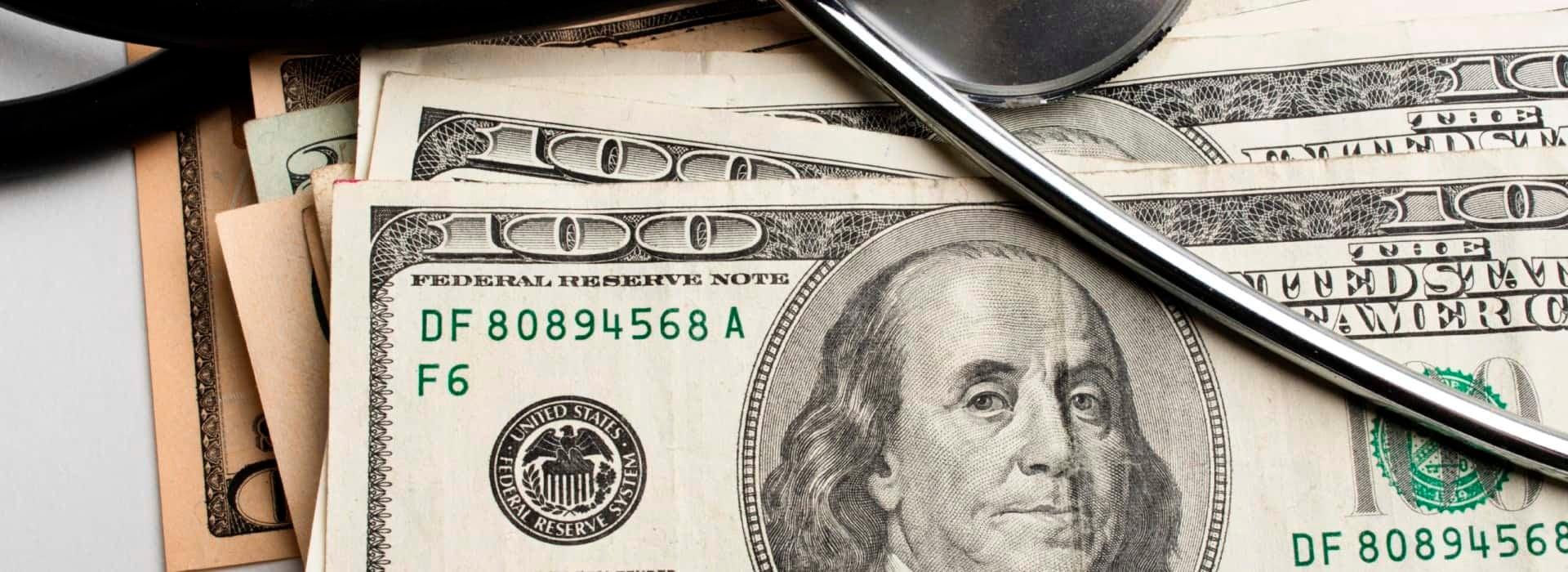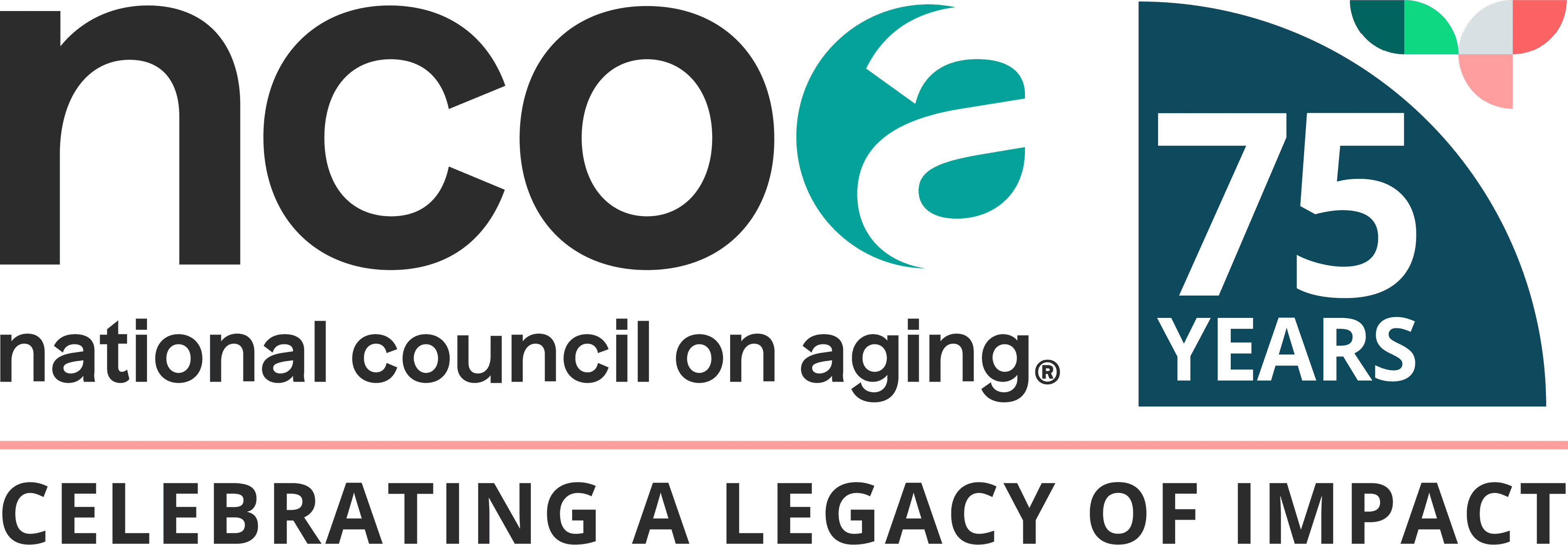
Related Topics
Wondering about the difference between Medicaid and Medicare? These are two distinct government health insurance programs, each serving different populations and purposes. Run by the states, Medicaid pays for a broad range of medical services for people with low income and limited resources. Medicare, on the other hand, is a federal health insurance program for people age 65 and older. Certain people with disabilities can also qualify to enroll in Medicare.
While these two programs are different, they’re also intertwined. Medicaid administers the federally funded Medicare Savings Programs (MSPs). The four Medicare Savings Programs, or MSPs, help certain people with low income cover some of the out-of-pocket costs associated with their Medicare coverage.
What are the 4 types of Medicare Savings Programs?
There are four Medicare Savings Programs (MSPs), each with different income and resource eligibility limits. Learn more about each of the MSPs that are available and their eligibility limits for 2025 below:
1. Qualified Medicare Beneficiary (QMB): For Qualified Medicare Beneficiary (QMB), people may qualify if they have income less than 100% of the Federal Poverty Level (FPL) and resources under $9,660 if single, $14,470 if married. For those eligible, QMB will cover the Medicare premiums (Part A, if applicable, and Part B), deductibles, copayments and/or coinsurance. Monthly income limits include a $20 general income disregard:
- Residents of 48 states and District of Columbia: $1,325/$1,783 single/married
- Alaska: $1,650/$2,223 single/married
- Hawaii: $1,520/$2,047 single/married
2. Specified Low-Income Beneficiary (SLMB): For Specified Low-Income Beneficiary (SLMB), older adults and adults with disabilities may qualify if they have income between 100-120% FPL and resources under $9,660 if single, $14,470 if married. For those eligible, SLMB will cover the Medicare Part B premium ($185 in 2025). Monthly income limits include a $20 general income disregard:
- Residents of 48 states and District of Columbia: $1,585/$2,135 single/married
- Alaska—$1,975/$2,663 single/married
- Hawaii—$1,819/$2,452 single/married
3. Qualifying Individual (QI): Qualifying Individual (QI) is a limited program and is available on a first-come, first-served basis. People with Medicare may qualify if they have income between 120-135% FPL and resources under $9,660 if single, $14,470 if married. For those eligible, QI will cover the Medicare Part B premium ($185 in 2025). Monthly income limits include a $20 general income disregard:
- Residents of 48 states and District of Columbia: $1,781/$2,400 single/married
- Alaska: $2,220/$2,994 single/married
- Hawaii: $2,044/$2,756 single/married
4. Qualified Disabled Working Individual (QDWI): For Qualified Disabled Working Individual (QDWI), adults who are under age 65 and have a disability but who recently returned to work and are no longer eligible for premium-free Part A may qualify. Their income must be at or below 200% FPL and their resources under $4,000 if single, $6,000 if married. However, there are additional earned income disregards that raise the income ceiling for QDWI up to 400% FPL. For those eligible, QDWI will cover the Part A premium. Monthly income limits include a $20 general income disregard and a $65 earned income disregard:
- Residents of 48 states and District of Columbia: $5,302/$7,135 single/married
- Alaska: $6,602/$8,895 single/married
- Hawaii: $6,082/$8,192 single/married
Note: The limits above are federal guidelines. Some states may choose to increase these federal guideline amounts or eliminate the resource test all together. Contact your state Medicaid office to find out the specific eligibility rules that apply to you.
What are the benefits of Medicare Savings Programs?
Older adults and younger adults with disabilities who may not qualify for full Medicaid may still be able to enroll in one of the Medicare Savings Programs (MSPs). There are two major advantages to doing so:
- Saving money on Medicare costs. Three of the four MSPs cover the Medicare Part B premium (which in 2025 is $185 a month). Enrollment in MSPs puts more than $2,000 back into the wallets of older adults and adults with disabilities each year.
- Getting automatic Extra Help. Enrollment into MSPs automatically qualifies you to receive the Medicare Part D Low Income Subsidy (LIS/Extra Help). This benefit helps pay for prescription drugs and is estimated by the Social Security Administration to have an annual value of $6,200. In addition, if you're not already enrolled in Part D, you will have no late enrollment penalty if you receive Extra Help.
In 2024, LIS/Extra Help eliminated “partial” subsidies and replaced them with “full” subsidies. Enrollees pay no premium as long as they're enrolled in a benchmark plan. Also, they will have no deductible and fixed, lower copayments (up to $4.90 for generic and $12.15 for brand-name drugs in 2025).
Where can I get help applying for the Medicare Savings Programs?
If you believe you or someone you know may qualify for these programs, you can get assistance from:
- NCOA's network of Benefits Enrollment Centers (BECs). BECs help older adults and people with disabilities identify and apply for all of the benefits they may be missing.
- BenefitsCheckUp® is a free online tool where you can browse thousands of programs that can help you pay for health care, prescriptions, and more, including Medicaid and the MSPs.
- Your local State Health Insurance Assistance Program (SHIPs). SHIPs are federally funded to provide free, unbiased assistance to people with Medicare and their families. They also can help you apply for the Medicare Savings Programs and Part D Low Income Subsidy/Extra Help. Find your SHIP by visiting their website or calling 1-877-839-2675.



